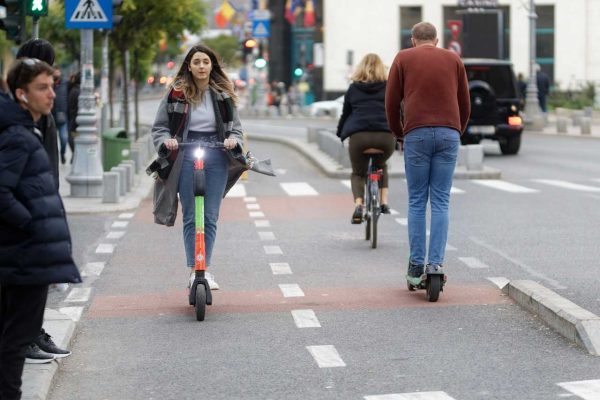Malta to ban rented e-scooters from March
The decision had been taken because of “intolerable abuse,” Transport Minister Aaron Farrugia said. A surprise announcement on Friday mentioned the cause as inconvenience to pedestrians. The violations are so many, doubling the number of enforcement officers overnight would not have solved the issue as per the minister. It is understood, private e-scooters will still […]
Malta to ban rented e-scooters from March Read More »

